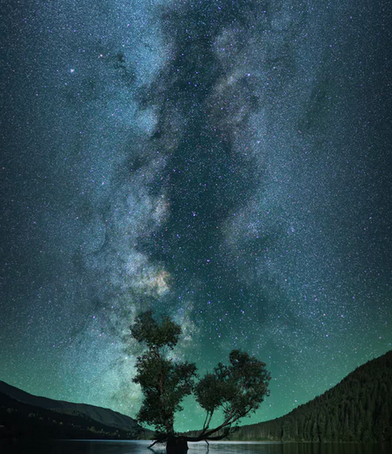I just read this excellent overview of the evolution of fandom community over the past two or three decades by ![[personal profile]](https://www.dreamwidth.org/img/silk/identity/user.png) mxcatmoon (via
mxcatmoon (via ![[personal profile]](https://www.dreamwidth.org/img/silk/identity/user.png) princessofgeeks). And I want to add my own two cents about what I think has changed and online society might improve some of it.
princessofgeeks). And I want to add my own two cents about what I think has changed and online society might improve some of it.
I agree with mscatmoon's analysis completely: the early(ish) web of the late 1990s through approximately 2007 was a glorious ten or so years for online fandom. Beginning with mailing lists and flowering into discussion forums, fan websites, and the glory days of LiveJournal, there was a beautiful burgeoning of world-wide community oriented around love of particular fandoms (shows, books, etc.). These communities largely shared fan fic and discussion ("meta," God I miss that word), along with some art, icons, fan vid links, etc.
Here are some of the common characteristics that made it work and how they've changed:
1. The posting structure (except for fan websites) was egalitarian rather than hierarchical. There would likely be a moderator, but every member could post or comment, and every post and comment was displayed equally, usually chronologically. In today's hierarchical model, one "important person" (celebrity, successful blogger, influencer, etc.) posts and others like, share, or comment. The result is that what felt like a group of friends talking has become more like an audience clamoring for attention from the famous person--or simply a one-way article, as in most print media.
2. Because popularity was less important to being heard, conversations could be more diverse and open. When scoring likes and hits is a prerequisite to having a voice, there's a vested interest in doing things a broad audience looks for. I think this is partly why search results for shows are so dominated by reviews of episode 1. When scoring big is not needed because you have a small, cozy, engaged audience, there's more freedom to say what you want, not least because the odds of being trolled are less. This freedom allows interesting discourse: fan essays on what Character X's childhood was probably like.
3. The internet used to be more text based, less image based. This is probably a generational woe. The younger folks seem to prefer imaged based, and that's valid. But a necessary corollary of it is that less is said. You can't image an essay about X's childhood with the same nuance you can write it. So there's less discussion, which means less interrelation among people and fewer ideas to share.( Read more... )
I agree with mscatmoon's analysis completely: the early(ish) web of the late 1990s through approximately 2007 was a glorious ten or so years for online fandom. Beginning with mailing lists and flowering into discussion forums, fan websites, and the glory days of LiveJournal, there was a beautiful burgeoning of world-wide community oriented around love of particular fandoms (shows, books, etc.). These communities largely shared fan fic and discussion ("meta," God I miss that word), along with some art, icons, fan vid links, etc.
Here are some of the common characteristics that made it work and how they've changed:
1. The posting structure (except for fan websites) was egalitarian rather than hierarchical. There would likely be a moderator, but every member could post or comment, and every post and comment was displayed equally, usually chronologically. In today's hierarchical model, one "important person" (celebrity, successful blogger, influencer, etc.) posts and others like, share, or comment. The result is that what felt like a group of friends talking has become more like an audience clamoring for attention from the famous person--or simply a one-way article, as in most print media.
2. Because popularity was less important to being heard, conversations could be more diverse and open. When scoring likes and hits is a prerequisite to having a voice, there's a vested interest in doing things a broad audience looks for. I think this is partly why search results for shows are so dominated by reviews of episode 1. When scoring big is not needed because you have a small, cozy, engaged audience, there's more freedom to say what you want, not least because the odds of being trolled are less. This freedom allows interesting discourse: fan essays on what Character X's childhood was probably like.
3. The internet used to be more text based, less image based. This is probably a generational woe. The younger folks seem to prefer imaged based, and that's valid. But a necessary corollary of it is that less is said. You can't image an essay about X's childhood with the same nuance you can write it. So there's less discussion, which means less interrelation among people and fewer ideas to share.( Read more... )
